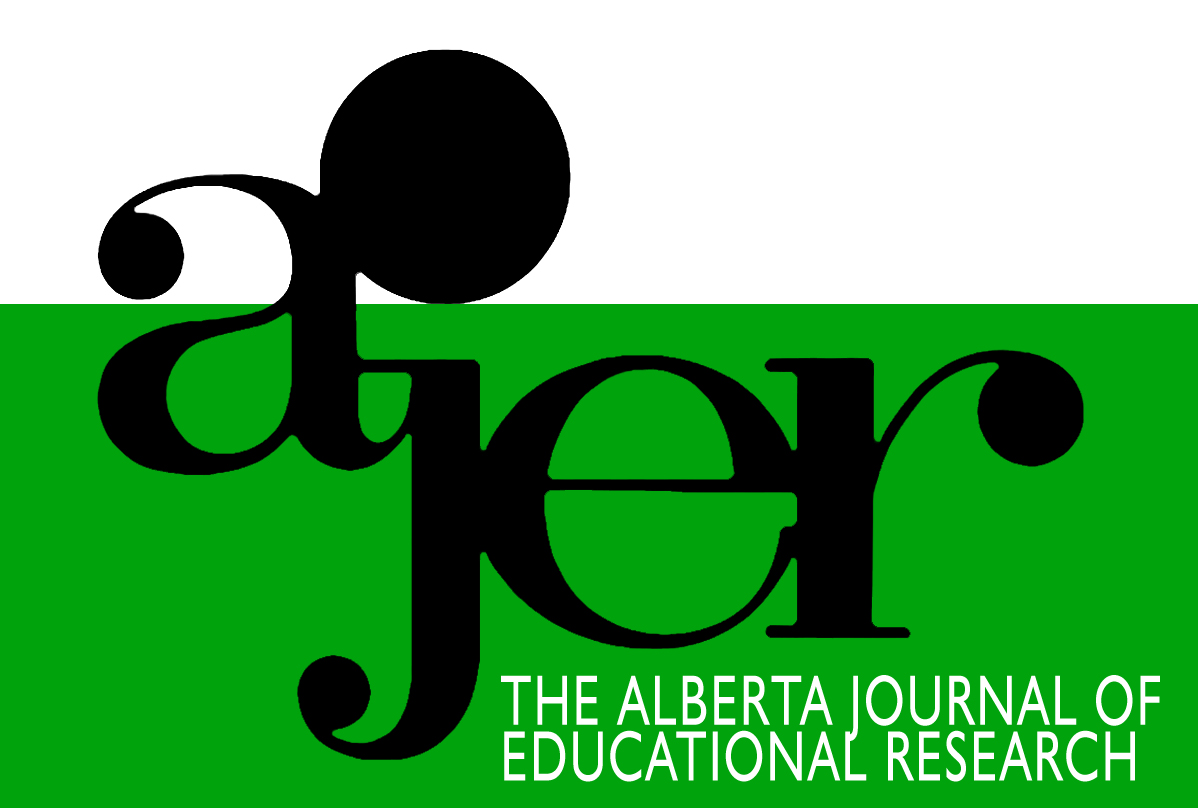The Effect of School Capacity and Teacher Capacity on Student Experience in Using Digital Devices: A Comparative Study in Thailand and Taiwan
DOI:
https://doi.org/10.55016/ojs/ajer.v69i2.76902Abstract
This study aimed to compare the levels and relationships between school capacity, teacher capacity, and student experience in Thailand and Taiwan. Moreover, school types and school locations were examined to explore these differences. The secondary data from PISA 2018 were analyzed by quantitative approach. The results revealed that only school types had differences in teacher capacity in Thailand, whereas other demographic information did not. Other results showed different directions of correlations between school capacity, teacher capacity, and student experience. School capacity in both countries was able to predict teacher capacity. Other factors as predictors of the student experience are recommended.
Keywords: comparative study, digital learning, school capacity, student experience, teacher capacity
Cette étude visait à comparer les niveaux et les relations entre la capacité des écoles, la capacité des enseignants et l'expérience des étudiants en Thaïlande et à Taïwan. En outre, les types d'écoles et les lieux d'enseignement ont été examinés pour explorer ces différences. Les données secondaires de PISA 2018 ont été analysées en employant une approche quantitative. Les résultats ont révélé que seuls les types d'écoles étaient associés aux différences dans la capacité des enseignants en Thaïlande, alors que les autres informations démographiques ne l’étaient pas. D'autres résultats ont montré différents types de corrélations entre la capacité des écoles, la capacité des enseignants et l'expérience des élèves. Dans les deux pays, la capacité des écoles a permis de prédire la capacité des enseignants. Il est recommandé d'utiliser d'autres facteurs pour prédire l'expérience des élèves.
Mots clés : étude comparative, apprentissage numérique, capacité de l'école, expérience de l'élève, capacité de l'enseignant
Downloads
Downloads
Published
How to Cite
Issue
Section
License
UNIVERSITY OF ALBERTA COPYRIGHT LICENSE AND PUBLICATION AGREEMENT
If accepted, authors will be asked to sign a copyright agreement with the following points:
A. Where there is any inconsistency between this Copyright License and Publication Agreement and any other document or agreement in relation to the same subject matter, the terms of this Agreement shall govern.
B. This document sets out the rights you are granting in relation to publication of your article, book review, or research note entitled (the “Article”) through inclusion in the academic journal titled Alberta Journal of Educational Research (the “Journal”) published through the Faculty of Education, representing the Governors of the University of Alberta (the “Journal Editor”).
C. There will be no payment to you for this publication and grant of rights. In consideration of the agreement to publish the Article in the Journal:
1. You are warranting that:
- the content of the Article is your original work, and its content does not contain any material infringing the copyright of others; or, where the Article is not entirely your original work, you have obtained all necessary permissions in writing to grant the rights you are giving in this agreement;
- the content of the Article does not contain any material that is defamatory of, or violates the privacy rights of, or discloses the confidential information of, any other person;
- the Article has not been published elsewhere in whole or in part, and you will not allow publication of the Article elsewhere without the consent of the Journal Editor;
- the names of all co-authors and contributors to the Article are:
2. You agree to license the copyright in the Article to the Journal Editor, on a worldwide, perpetual, royalty free basis; and to the extent required by the terms of this agreement. You shall retain the right at all times to be acknowledged as the/an author of the Article.
3. You further agree that the Journal Editor has the entitlement to deal with the Article as the Journal Editor sees fit, and including in the following manner;
- The right to print, publish, market, communicate and distribute the Article and the Journal, in this and any subsequent editions, in all media (including electronic media), in all languages, and in all territories, ing the full term of copyright, and including any form of the Article separated from the Journal, such as in a database, abstract, offprint, translation or otherwise, and to authorize third parties to do so;
- The right to register copyright of the Journal;
- The right to edit the Article, to conform to editorial policy as the Journal Editor sees fit.
4. If any co-author or contributor to the Article does not sign this agreement, the Journal Editor reserves the right to refuse to publish the Article.



